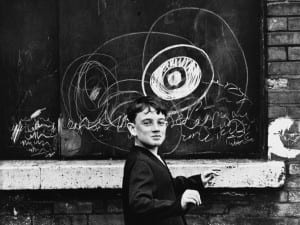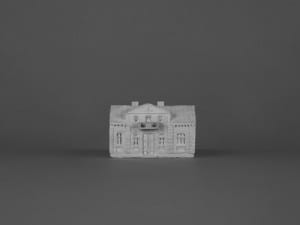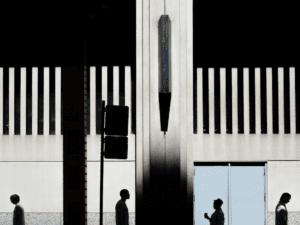Last week’s inaugural Future Now: The Aesthetica Art Prize Symposium welcomed speakers and delegates from the UK’s leading art organisations, publications and galleries. David Drake, Director at Ffotogallery and Diffusion Photography Festival, Cardiff, met with a panel of experts to discuss the photography in the digital age. Speaking alongside Professor Olivier Richon, Head of Photography, Royal College of Art; Richard Page, Head of Photography, Manchester Metropolitan University; Anne Braybon, former Photography Commissions Manager, National Portrait Gallery; and James Smith, Course Leader Photography, Norwich University of the Arts, Drake highlighted new trends in the medium today and pinpointed Ffotogallery and Diffusion’s role in recognising these shifts.
A: You joined the Future Now symposium in May for a session on photography. The panel discussed today’s digital age of technological convenience in photography. In your opinion, how reliant has photography become on technology, and how has this altered our photographic output and perceptions?
DD: Photography has always been reliant on technology, from the earliest experiments of Daguerre and Fox Talbot to the current transmission of high definition images from distant planets. As the camera evolved in response to new technological developments, new forms of image making and transmission emerged, along with a greater democratisation of photography as a medium. You Press the Button, We Do the Rest……and so on.
A: Many artists and photographers today opt for digital manipulation in conjunction with, or instead of, analogue photography, in the creation of their work. How valuable is the preservation of older techniques, and its advancement through new technologies? Or will the use of analogue fade completely?
DD: Rumours of the demise of analogue photography have been greatly exaggerated! An increasing number of contemporary artists (and students) are incorporating older techniques into their practice, alongside the digital. And the resurgence of vinyl album sales, in terms of their global market value, has now outstripped free downloads of music on Spotify etc. That’s something you wouldn’t have predicted five years ago.
A: Ffotogallery is currently hosting three exhibitions: Bi Nam; In Trust – Reframing Wales’ Stories; and Hidden Presence. What can current audiences expect to see throughout the gallery?
DD: The exhibitions are on different sites. Bi Nam (meaning No Name), at Bristol University, features nine contemporary Iranian artists working in photography and moving image whose work sheds light on hidden aspects of life in Tehran. In Trust – Reframing Wales’ Stories is at our gallery in Cardiff, arising from Lithuanian artist Arturas Valiauga’s residency at four National Trust properties in Wales. Hidden Presence at Chepstow Museum features work by the artist Eva Sajovic exploring the legacy of the Transatlantic Slave Trade and its contemporary resonance in Wales.
A: Ffotogallery has an active policy of commissioning new work which, in particular, provides a vital support system to photographers in Wales. Which artists and photographers has the gallery supported in the past, and how do you see these commissioning activities developing?
DD: Ffotogallery has a long and distinguished list of commissions, including new work by Josef Koudelka, Peter Fraser, John Davies, Bruce Gilden, Jo Longhurst, Helen Sear and most recently Julian Germain and Jana Romanova. We plan to build on our European, Asian and North American relationships to offer more commissions for presentation in the gallery, Diffusion festival and in other collaborative international programmes.
A: You are also Director of Diffusion, the Cardiff International Festival of Photography, which is month long festival of exhibitions, discussions, screenings, performances and events running since 2013. In your opinion, how as the festival progressed in its first three years, and what should look out for in future years?
DD: Diffusion 2013 and Diffusion 2015 were both successful in terms of presenting a wide range of work in interesting spaces and places, with a content rich virtual platform alongside the physical festival. The Looking for America theme in 2015 was, in my opinion, more curatorially coherent in terms of the work presented and the accompanying discourse. The festival also achieved great press and media coverage, nationally and internationally. The theme for 2017 will be ‘Revolution’ and I plan to really push the boat out for that one, so watch this space.
See more of Ffotogallery’s programme online: www.ffotogallery.org.
For the latest news in contemporary art and culture, follow us on Facebook, Twitter and Instagram.
Credits
1. Johan Lund, Into the Mist, 2014. Longlisted artist in the Aesthetica Art Prize 2016.





